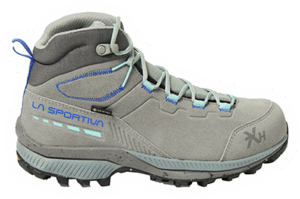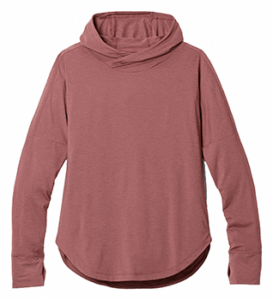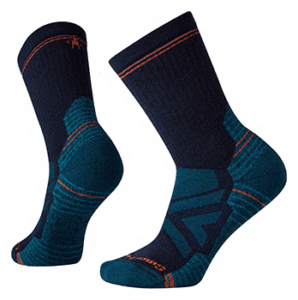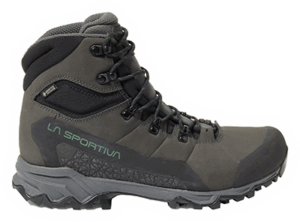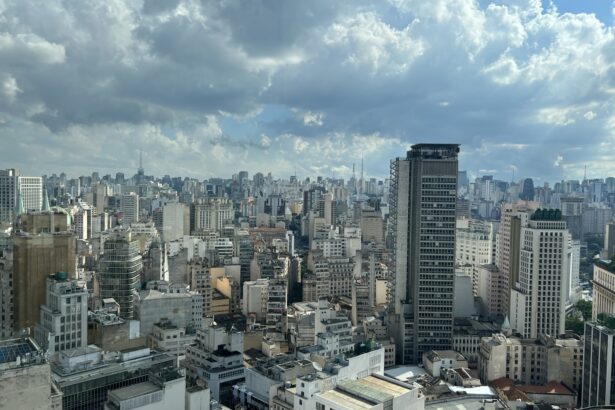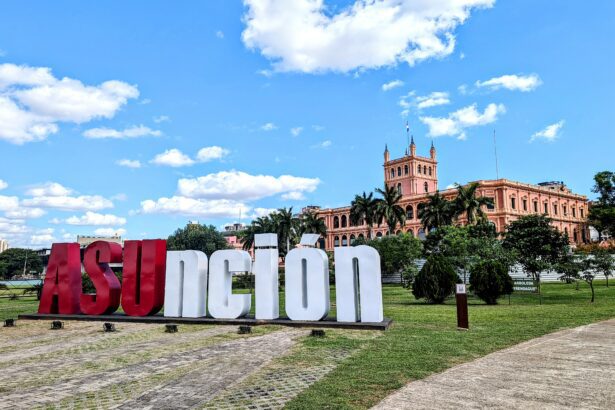The Lares Trek is a beautiful and poetic experience, hiking through the Lares Valley of the Peruvian Andes and winding around waterfalls, over mountains, and through local communities. There is a peaceful serenity all around as you make your way through the Andean highlands where people continue to survive with the ancient Incan and pre-Incan techniques and way of life. This trek is truly unique and off the beaten path, especially when considering the Lares Trek vs Inca Trail.
This hike typically takes three days with a complete disconnect from any cell service, allowing you to immerse yourself fully in the region’s beautiful nature. Camping in those surroundings enables you to hear the noises of the farms, life, and nature all around you.
Compare the Lares Trek Vs Inca Trail Vs the Salkantay Trek

When comparing the Lares Trek vs Inca Trail to get to Machu Picchu, you will see that the Lares trek is focused on the culture and lifestyle of the high Andes. This trail is a great way to learn more about the people who have lived in this region for centuries. You will also get to walk through the beautiful mountains of the high Andes and see some remarkable landscapes.
The Classic Inca Trail is the most well-known trail to reach Machu Picchu and is the original trail that the Incan people walked to get to the World Wonder. You get to see some other archaeological sites and hike a historical trail. The challenge with this hike is getting a permit. There are only 500 permits a day and for peak season, you need to reserve the hike 6 months in advance.
The Salkantay Trek is the second most popular trek that leads to Machu Picchu. It is a 5-day hike through and near diverse ecosystems including glaciers, jungles, cloud forests, deserts, and lagoons. This trek is favorable for people who are interested in the wide variety of landscapes of Peru and are looking for a hiking challenge.
How long is the Lares trek? What level of fitness is required?
The Lares trek is 3 days of hiking (with two short days and one long day of hiking). After the trek, you have the option between a 1-day or 2-day experience to visit Machu Picchu, making the entire experience 4 or 5 days.

The amount of hiking on the Lares trek is around 35 kilometers (22 miles). It is a moderate to challenging hike, mostly due to the length of the hike and the altitude at which the hike occurs. A moderate fitness level is recommended to do the trek with the ability to hike around 16 kilometers (10 miles) in one day (and you will have the full day to do the hike). And when it comes to the Lares trek vs Inca trail, the hiking challenge is pretty comparable. No matter what multi-day trek you choose to do, it is recommended to spend about a week in Cusco or at another location with a high elevation before the trek.
What is the altitude of the highest point on the Lares Trek?
The Lares trek starts at 3,450 meters (11,390 feet) on day 1, goes up to 4,650 meters (14,250 feet) at the Condor Pass on day 2, and ends at 2,700 meters (8,858 feet) to finish the hike on day 3. At the starting point, you will have 33% less oxygen than at sea level. By the peak, you will have almost 50% less oxygen than at sea level. Because of this, it is vital to prepare to avoid altitude sickness.
Note:
To prepare for the elevation, you can go to your doctor before your trip and talk to them about what you can do to best adjust to the elevation. There are a few different medications that you can take to help curb the effects of high altitude.
- Eat smaller meals when first at elevation. This will help you feel better throughout the day.
- Avoid alcohol. It will decrease your oxygen level and you need as much oxygen as possible at a higher elevation.
- Drink as much water as possible! This will also help with the headaches that may appear due to the altitude.
- If things truly get worse, find a way to get to a lower elevation, and, in the meantime, you can try to get to a clinic or hospital to get some additional oxygen.
- When walking, take smaller and slower steps with deep breaths.
It is recommended to adjust to the elevation for about a week before doing any challenging trek. You can consider visiting the following destinations for the week before your hike:
- Uyuni, Bolivia (3,656 m or 11,995 ft) to visit the largest salt flat in the world and some other unique landscapes
- La Paz, Bolivia (3,650 m or 11,975 ft) to see a unique city in the canyon of a mountain
- Cusco, Peru (3,399 meters or 11,152 ft) to learn more about the Incan empire and discover the unique landscape of Peru
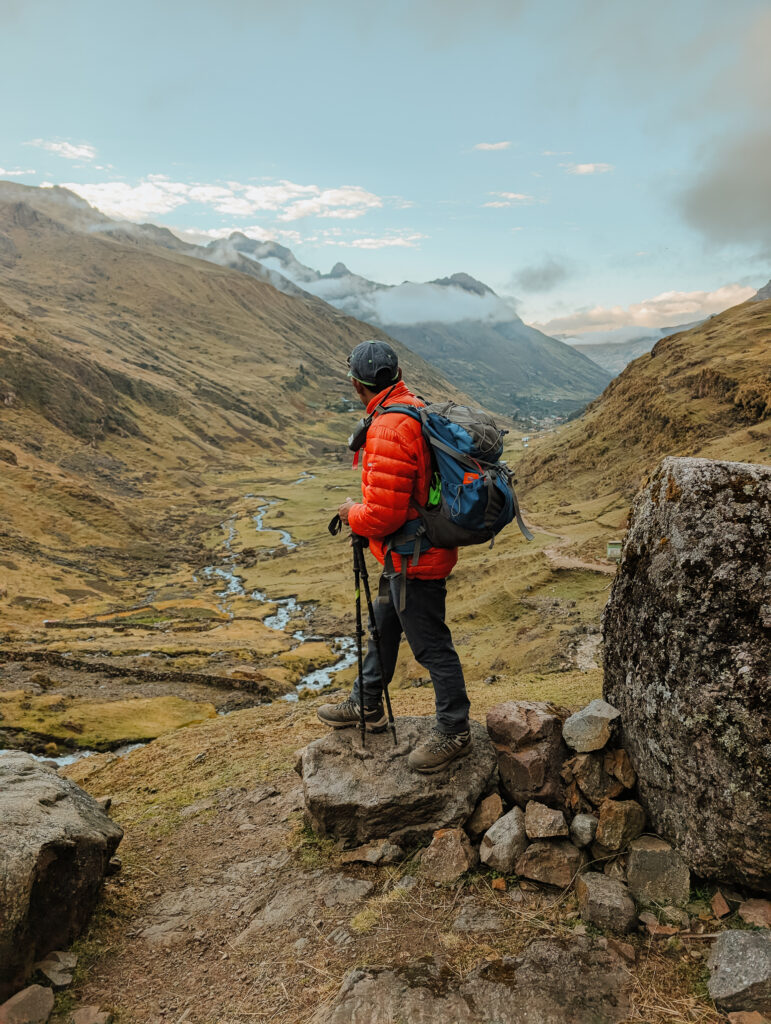
Are permits required for the Lares Trek, and how far in advance should I book?
This is a big difference between the Lares trek vs Inca trail. Unlike the classic Inca trail, there are no permits required for the Lares Trek. That being said, there are permits or tickets required for Machu Picchu and the short Inca Trail, which is typically visited after the Lares trek. You should consider booking this hike a few months in advance (especially during peak season) to guarantee access to Machu Picchu during peak season. Otherwise, you can book the hike just a few days in advance. You can see the availability of the 2-day Inca trail hike here.
What is the accommodation like on the Lares Trek?
Throughout the Lares trek, you will be camping at two different sites. You can rent the equipment that isn’t included in your tour package directly from your tour group or from different equipment shops in Cusco. This is typically a sleeping bag and an additional mattress pad. The tour companies typically provide the tent. If you are not going with a tour group, you will have to bring and carry this equipment yourself and you can rent it from different shops in Cusco.
Can I do the Lares trek without a guide or a tour?
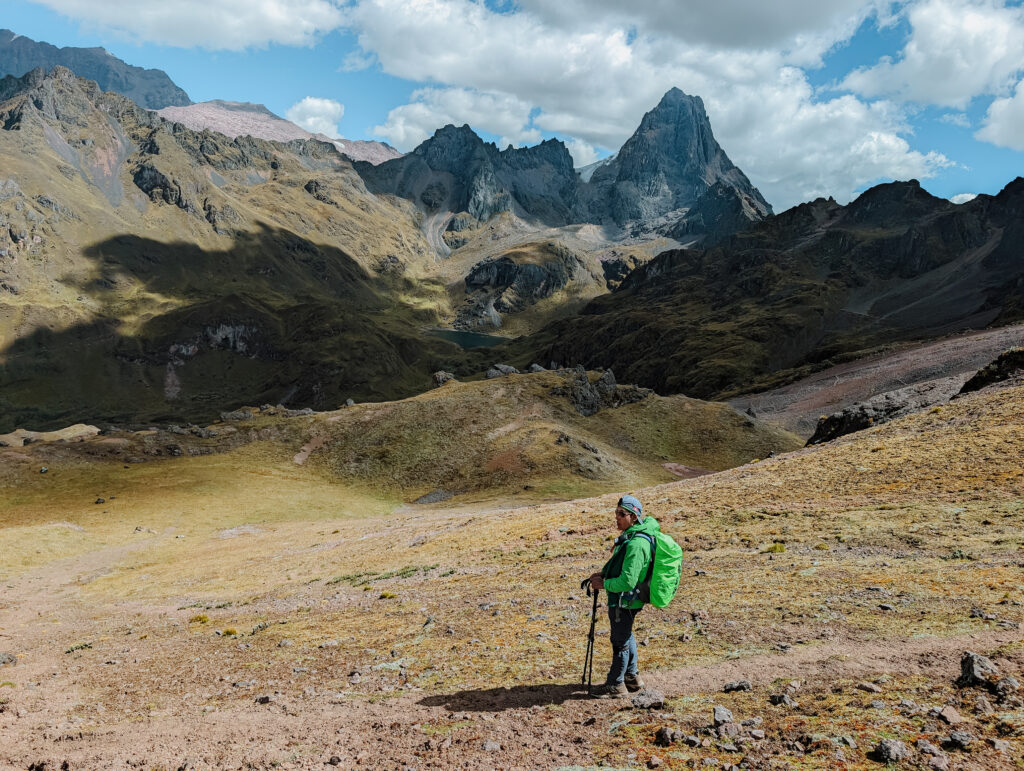
We would not recommend going on this particular trek without a guide or tour. The value of doing this particular trek is to learn about the high Andes culture. The people in this area do not speak Spanish and only speak Quechua, the language of the Incan people. Guides help travelers communicate with the local communities to enrich the experience of both the people of the mountains and those on the trek. They also help explain the local activities of the different communities, their customs, their way of life, and the overall landscape through which you will be walking. Going without a guide will completely defeat the purpose of this particular trek.
Blueprint Travelers Recommendation: Alpaca Expeditions
Because of all the people that are part of making your Inca Trail experience a success, it is important to choose an organization that properly supports their employees, which is why we recommend doing this trek with Alpaca Expeditions. Unfortunately, many companies try to cut costs by not treating their porters and chefs humanely, taking advantage of their economic situation. Alpaca Expeditions goes above and beyond to elevate their employees.
Because Alpaca Expeditions takes care of their employees, their employees have the full capacity to ensure that all guests are well taken care of, with some of the best chefs, porters, and guides that you will find on the Inca Trail.
What is the best time of year to do the Lares Trek?
While the Lares trek is available year-round (except in February when access to Machu Picchu is closed), it is recommended to visit between April and October during the dry season. If you do choose to visit in the rainy season, you will have fewer crowds at Machu Picchu, pleasant and warm temperatures, an incredibly green and lush landscape, and some less expensive accommodations.
What is included in the cost of a guided Lares Trek tour?
The cost of a Lares Trek tour includes the guide, accommodation, transportation, and food during the trek. Additional expenses that will be incurred before the trek may include a sleeping bag, walking sticks (if desired), and toilet paper. You will need cash for souvenirs on your trek, cash for tipping the porters, chefs, and guides, and money for your final lunch in Aguas Calientes after Machu Picchu.
Can I rent hiking gear and equipment locally?

Hiking gear and equipment are easily rentable and purchasable in Cusco. However, if you already have some gear at home, consider bringing it (especially clothes and shoes). These items, especially the brands that you recognize from the United States, Canada, or Europe, will be more expensive to purchase in Cusco. Other hiking equipment (tents, sleeping bags, backpacks, etc.) will be much more affordable to rent directly in Cusco.
The Blueprint Travelers Hiking Staples
What is the policy for tipping guides, porters, and other staff on the Lares Trek?

You should absolutely tip your guides, porters, and chefs on the Lares Trek. They are what truly make the trek spectacular and should be celebrated! Your tour agency should advise you on what to expect to tip each of these people. Alpaca Expeditions recommended the entire group tip each chef 150 soles and each porter 60 soles. Tipping the guide was up to our discretion.
Are there toilet facilities along the Lares Trek route, or do I need to bring my own supplies?
There are a few toilet facilities located along the Lares Trek but many tour companies provide a toilet and privacy tent for campsites and lunch stops. While toilet paper is provided at the campsites, consider bringing additional toilet paper for the lunch stops. You will be very glad to have brought it for the lunch stops and if your campsite runs out.
What should I pack for the Lares Trek?
- 2-3 t-shirts
- 1-2 long-sleeve shirts
- 1 pair of hiking pants
- 1 pair of leggings, athletic pants, or hiking pants
- 5 underwear
- 5 pairs of socks
- 1 down jacket
- 1 fleece sweater (could replace one of the long-sleeve shirts)
- 1 rain jacket
- 1 sun hat
- 1 wool hat/beanie
- Passport
- Sunglasses
- Warm gloves
- Bras
- Bathing suit
- Small quick-dry towel
- Water bottle/Camelbak
- Sunscreen
- Bug spray
- Hand sanitizer
- Wet wipes
- Toilet paper
- Personal medication
- Small first-aid kit
- Flip flops/sandals
- Hiking boots
- Headlamp
- Portable battery charger
- Toiletry bag with toothpaste, toothbrush, comb, and other necessities
- Sleeping bag: Recommend down bags for -10C at least (if not renting from your tour agency)
- Day backpack that is no more than 25 Liters – you can rent this in Cusco
Most of these items will get packed into the duffel bag that the tour agency will give you and get carried by porters and their horses or mules during the trek. You will put some necessities into the day backpack, including your passport, water bottle/Camelbak, sunscreen, bug spray, gloves, beanie, sun hat, rain jacket, sunglasses, toilet paper, and hand sanitizer.
Where should I put my luggage during the trek?

If you are staying in the same hotel before and after the trek, you can ask your hotel to store your luggage for you. They are used to it because long treks are incredibly common in Cusco. If you are changing accommodations or just can’t store your luggage at your hotel, your tour company may be able to store the items for you. If this is not an option for you, work with your tour company and your accommodations to find a solution. Long treks are so common in Cusco and there is always some other possibility.


